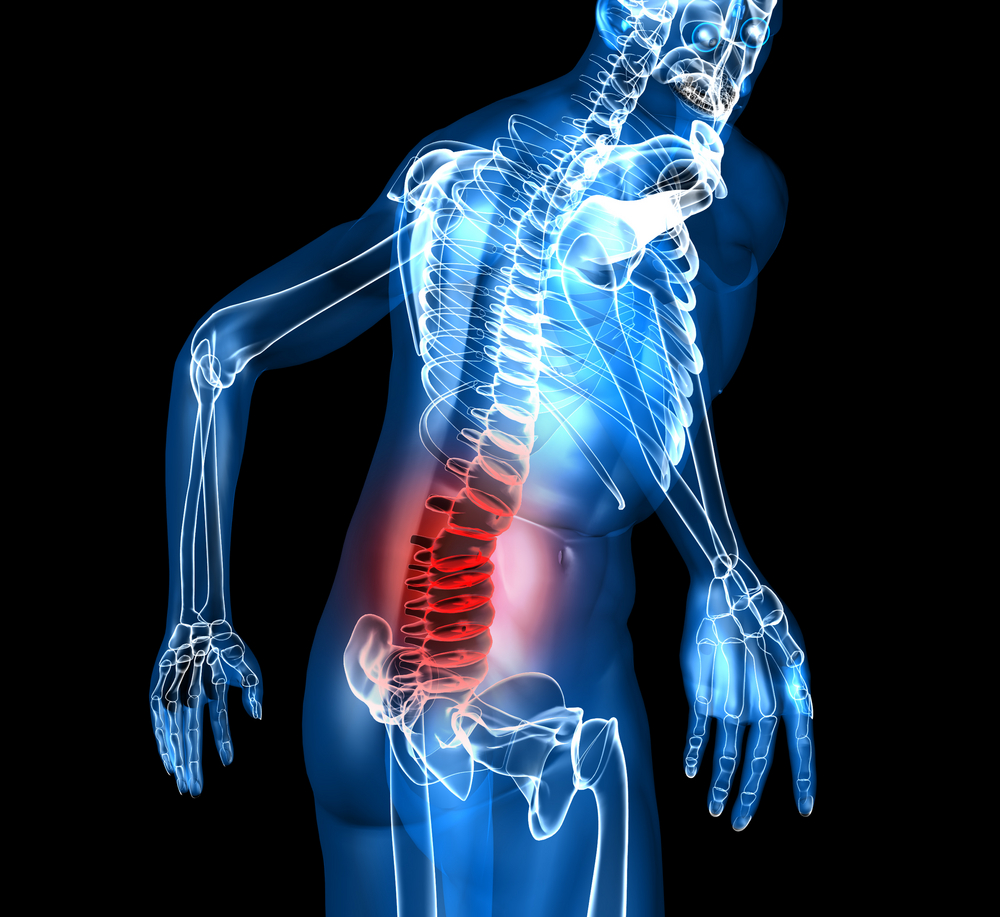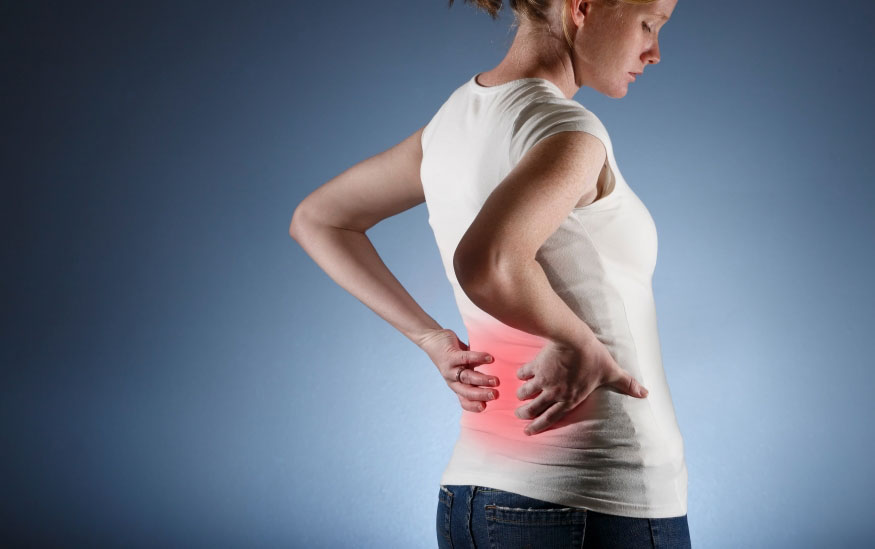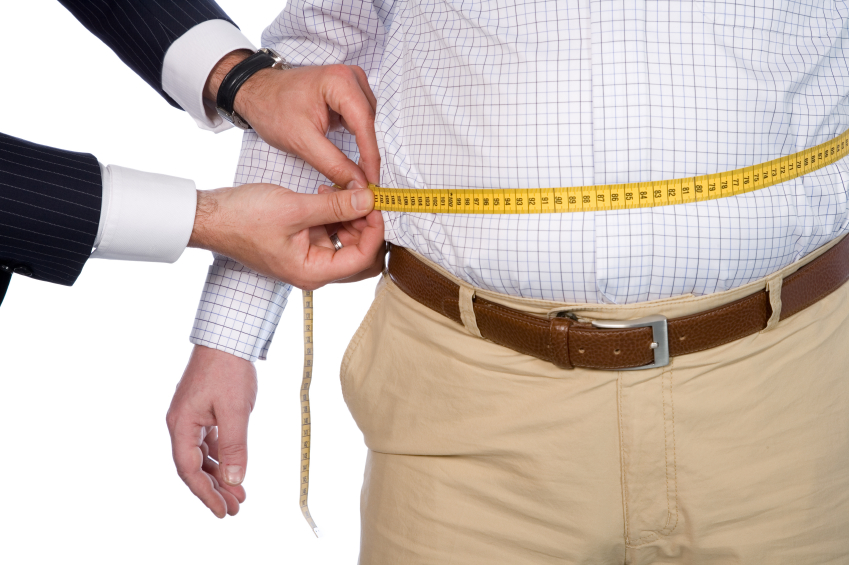There’s nothing wrong with sitting, it gives our body some rest and in some cases also a feeling of relaxation but anything in large quantities is never good for us and its applies to sitting too. For example sitting too long at your work desk can have adverse affects on your back and spine and so to combat that pain its always optimal to get up and talk a short walk for 5 minutes after every hour of sitting.
What’s even better is that recent research has helped figure out the optimum amount of time we should actually be sitting. This is great news for office executives and workers who are concerned about the affects of sitting on long term back pain. Why should you be worried just as much as any other person who spends most of their work day at a desk? Medical researchers have long warned that prolonged sitting is dangerous, associated with a significantly higher risk of heart disease, diabetes, obesity, cancer and depression, as well as muscle and joint problems.
A statement by the British journal of sports medicine states that we should take breaks for at least 2 hours of the 8 hours we spend sitting at our office desks. It is also recommended that we should work up to spending at least half of the eight hours workday in light intensity activities such as a quick stretch or a fast walk for 5 minutes around your office.
Why does sitting have such a massive impact on our body. Director of Active working, Bradley Gavin states “Metabolism slows down 90 percent after 30 minutes of sitting. The enzymes that move the bad fat from your arteries to your muscles, where it can get burned off, slow down. The muscles in your lower body are turned off. And after two hours, good cholesterol drops 20 percent. Just getting up for five minutes is going to get things going again. These things are so simple they’re almost stupid.”
Other additional research has also shown that people who tend to stand and move through out the day are usually 15% more productive than their counterparts. Therefore these light intensity activities done throughout the day are essential to maintain good health, steer clear from any future back pain and finally also remain productive.






